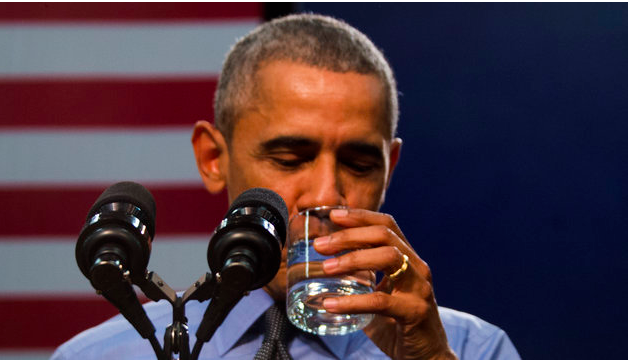 I’d like to put some meat on the bones of the cost-saving aspects of environmental mediation. I have argued that environmental mediation, properly executed, provides the opportunity to eliminate costs of duplicate work by multiple parties, while preserving every party’s right to negotiate hard on the merits of the dispute and to reach an agreed-upon allocation of the costs of dealing with the contamination at issue. In this blog, I present a hypothetical situation – based on successful mediations I have conducted – to help the reader understand why I say this.
I’d like to put some meat on the bones of the cost-saving aspects of environmental mediation. I have argued that environmental mediation, properly executed, provides the opportunity to eliminate costs of duplicate work by multiple parties, while preserving every party’s right to negotiate hard on the merits of the dispute and to reach an agreed-upon allocation of the costs of dealing with the contamination at issue. In this blog, I present a hypothetical situation – based on successful mediations I have conducted – to help the reader understand why I say this.
Consider the following: There are 4 corner gas stations operating at 4 corners of an intersection. A plume of petroleum contamination has migrated down gradient (downstream) in the groundwater and threatens to contaminate nearby drinking wells. The governing environmental regulatory agency has identified each station as a potential contributor to the plume of contamination and has ordered that an investigation be undertaken to see where the contamination is located, how it got there, whether it requires a cleanup and, if so, what technology will be most effective.
Under standard practice, each party (station owner and/or operator) will hire a lawyer and retain an environmental scientist or consultant to perform the necessary investigation. The consultant will investigate levels of contamination in the soil and groundwater beneath the site owned or operated by the party that retained it. Each consultant will also install monitoring wells both above (up gradient) and below (down gradient) its own site to determine a number of things, including the areal extent of the plume, concentration levels throughout the plume, and whether potential off-site sources have contaminated that party’s property (thereby seeking to shift liability to other parties).
Focusing on the offsite, “regional” plume, lets assume that each party will pay its own environmental consultant $150,000 to study the plume – and thereby repeats, to a large extent, the investigative work that each of the other party’s consultants will also undertake. Let’s further assume that each party will pay an additional $350,000 in pre-trial and trial costs (including depositions, expert discovery, soil and groundwater testing, summary judgment practice, pre-trial preparation and trial). At the end of the trial, a judge or jury will allocate, probably on a percentage basis, how much of the costs of investigation and remediation that each party must pay. In other words, under this simplified scenario, each party will pay $500,000 for the privilege of paying more money to clean up the site. (By the way, depending on the case, the per-party cost of investigation and lawyers could be, and often is, much, much higher).
By contrast, in mediations I have handled, the parties have agreed to stay discovery and other potentially unnecessary trial-related costs and retain a joint consultant to investigate the scope and extent of the groundwater plume once – and for everyone. So instead of each party paying $150,000 in investigation costs, each pays only one-quarter of that, or $37,500. This results in a per-party savings of $112,500 off the bat. Then, if we substitute, a mediation – even a multiple session proceeding given all the tasks which need to be performed and the time it will take to complete them – the $350,000 in trial-related costs comes off the table and is substituted by a significantly lower cost of mediation. Those costs include the mediator’s time (which is normally split per-capita, or four ways in this case) and lawyer and consultant time needed both at and away from the mediation table. That cost would be substantially less than $350,000 – probably substantially less than ½ of the avoided trial costs. And, importantly, in mediation the parties control their own destinies by negotiating the best possible settlement of the common investigation and remediation costs and the costs – rather than leaving it to a third party to decide. (For more on this, please see my other writings on what goes on in mediation and why it leads to optimal results for all parties).
I know this to be true because this has been a core part of my mediation practice for the last twenty-odd years. Over that span of time I’ve helped resolve hundreds of environmental disputes – many implementing variations on the cooperative schema describe above. I am confident it can work (as described in my various blog posts and case studies posted on my website) in the overwhelming number of cases, no matter how complicated the science or legal issues in the underlying controversy may be.






Leave a Reply